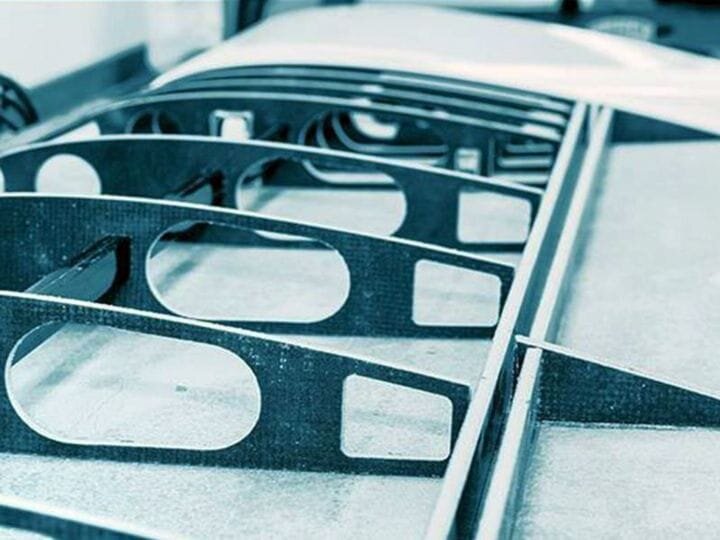![Additive Manufacturing for the Aerospace Industry [Source: Amazon]](https://fabbaloo.com/wp-content/uploads/2020/05/additive-manufacturing-for-aerospace_img_5eb08ce731f57.jpg)
This week’s selection is “Additive Manufacturing for the Aerospace Industry” by Francis Froes and Rodney Boyer.
Aerospace is perhaps the premium use case for 3D printing technology today. That industry spent considerable time experimenting with additive manufacturing techniques and eventually proved the ability of the technology to produce revolutionary new parts for aircraft and rockets.
It’s a match made in heaven: aerospace components are typically much more valuable if they weigh less, as every gram saved can be translated into fuel savings over the lifetime of the part.
Those lightweight parts can have highly complex geometries, and in many cases can only be produced with 3D printing technology.
In most industries 3D printing’s typical high cost of production makes the use of the technology financially infeasible. However, aerospace parts typically are far more expensive already, and thus there was a financial envelope into which additive manufacturing could exist and thrive.
These three factors meant that aerospace should be a major user of 3D printing, and that is now the case. With the introduction of a few key pioneering projects, such as GE’s 3D printed engine components showed not only GE that the technology was feasible, but others in the aerospace industry as well.
Today we find the industry awash with 3D printing projects and this should increase in the future. The value of the 3D printed parts far exceeds the cost of production, largely due to weight savings, but also due to simplification of assembly through complex designs, and increased reliability due to significant reductions in failure-prone seams.
This book is a collection of works in various aspects of aerospace additive manufacturing, covering topics such as metal alloys specific to aerospace, to analysis of surface roughness.
One section explores the notion of 3D printing in aerospace as a business, and reviews supply chain aspects, regulatory issues, and business cases.
Another section examines the prospects of using modeling tools to predict part performance once 3D printed.
Many of the sections are quite specific, and thus if they are applicable to your situation, you may find the book quite valuable.
Via Amazon

